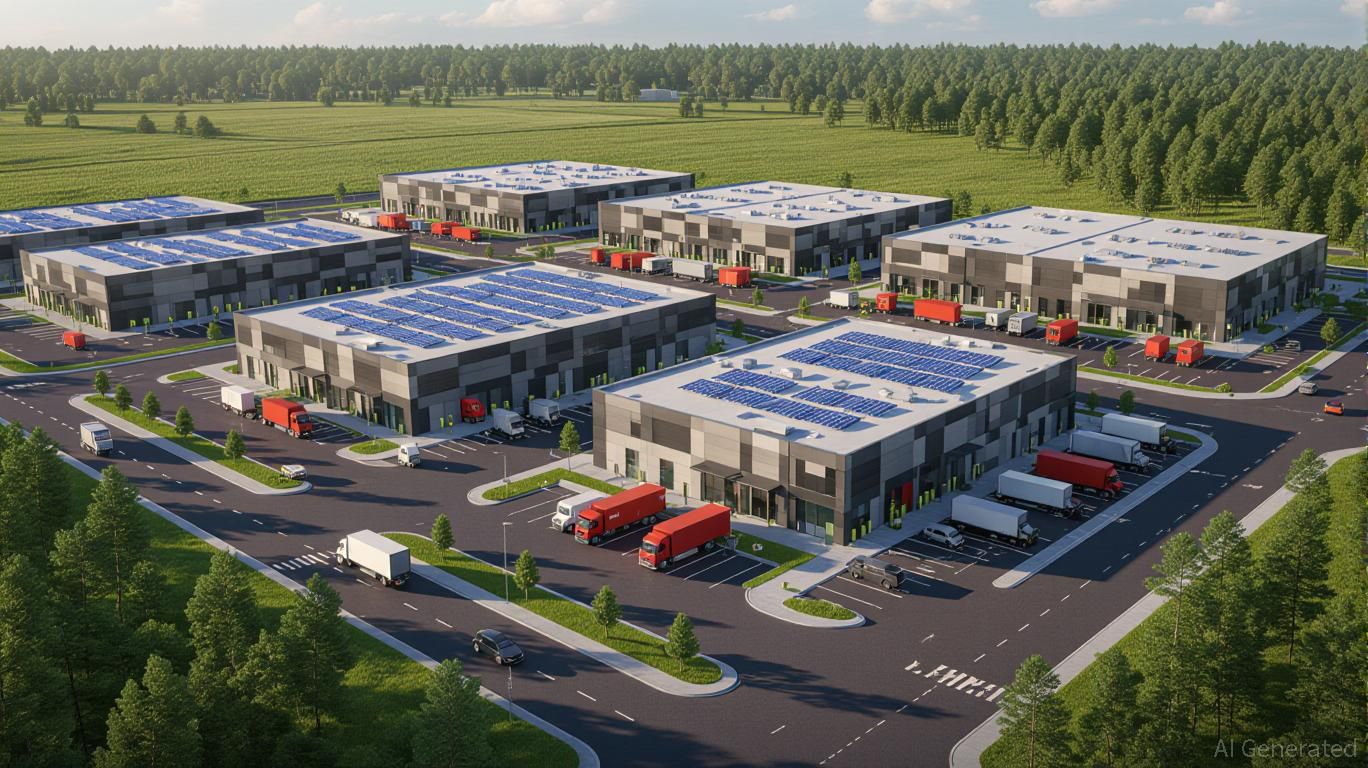Opinion by: Lynn Nguyen, CEO of Saros
Decentralized exchanges (DEXs) on Solana have been topping trading volume charts for a while now, outperforming those on peer chains like Ethereum, Base and BSC.
Memecoins have been largely responsible for this surge in volume. While they have proven product-market fit in crypto, only a handful have demonstrated the ability to survive across market cycles.
If they are to retain their dominance, Solana DEXs must also show that they can endure constantly evolving market conditions and short-term trends.
This also means building more resilient and liquid markets for assets with staying power, such as Bitcoin, by improving the depth and diversity of their liquidity pools.
The rise of Solana DEXs
“Solana is drinking the Ethereum milkshake.”
That’s how OKX explained the rising prominence of Solana DEXs in its ‘The State of DEXs 2025’ report .
In the last week of December 2024, Solana DEXs held almost 90% of total DEX market share — an almost beyond belief resurgence following the ecosystem’s supposed capitulation in the most recent bear market. Since then, dominance has fluctuated but remained impressively strong.
Solana’s fast transaction speeds, minimal costs, and developer-friendly tools propelled its growth, leading in transaction count and DEX active users. As the OKX report stated:
“Solana is truly the retail chain.”
Market share remained above 50% in January 2025 — surpassing Ethereum and Base on certain days.
Asset management platform VanEck’s head of research, Matthew Sigel, noted that “Despite the MemeCoin Meltdown, Solana DEX volumes are still holding their own — roughly matching the entire ETH ecosystem.”
It wasn’t until August, however, that Ethereum-based DEXs overtook those on Solana, driven by institutional interest and massive spot ETF inflows.
The drop in trading volume of highly speculative assets has led to a significant decline in DEX volume on Solana overall. By early September, volumes had dropped 65% to $10 billion. These reductions have been further compounded by the rise of “Prop” or “Dark” AMMs on Solana, which have been eating away at the market share of conventional DEXs over the past year.
This raises an important question. Should Solana DEXs focus on more sustainable assets?
Two key obstacles to growth
There are two significant challenges for Solana DEXs: an overreliance on trading of highly speculative assets and an issue related to liquidity depth.
The most speculative assets are typically also the most volatile. This leads to giant spikes and crashes in not just the assets, but also trading volumes, especially when examining longer-term time horizons for the latter.
Related: Solana DEX Jupiter suspends DAO voting until 2026 to focus on DeFi growth
For example, trading volume on Pump.fun, the leading memecoin launchpad on Solana, plummeted 63% in a month, with DEX volume declining by 90%. This occurred amid what is widely considered a bull market. Moreover, extractive scams and significant price drops, from LIBRA to TRUMP meme tokens, have at times dented Solana’s image as a reliable trading ecosystem.
When turning to liquidity depth on Solana, a deep dive published in OKX’s 2025 DEX report revealed some concerning signs. A comparative study of Ethereum, Solana, BSC, Arbitrum and Base over 30 days showed that Solana performed poorly based on key parameters, including trading history, depth of liquidity and sustained trading volume.
Most Solana liquidity pools were short of sufficient total value locked (TVL), suggesting that although Solana recorded high DEX trading volumes, they were doing so with far less liquidity compared to other blockchains, which can lead to negative price impact for traders.
Optimizing for capital efficiency is crucial, and liquidity depth is only beneficial if it’s being utilized. It is down to the aggregators to do a good job of routing trades through multiple liquidity sources, and DEXs to ensure sufficient depth to support larger trades.
Building liquid markets
To bring more liquidity into Solana DEXs, we need to fill them with resilient and large market cap tokens, and what could be a better starting point than the biggest of them all, Bitcoin?
Bitcoin DeFi (BTCFi) is already a booming niche within the crypto industry. As a $2.3 trillion asset class, protocols and users alike are increasingly now trying to leverage BTC as a productive asset through onchain activity. In fact, BTCFi VC funding even reached $175 million in the first half of 2025.
Solana DEXs can now seize the opportunity to build deep liquidity for the various BTC-wrapped assets that are emerging, many of which already boast large individual market caps. After all, Bitcoin has already proven multiple times over its 17-year history that it can weather uncertain and volatile market conditions.
Following BTCFi, it’s clear that stablecoin markets are continuing to grow from strength to strength. If anything, they are even more in demand going into a bear market, so building deep liquidity for a variety of stablecoins just makes sense.
This is especially the case with blockchains like Solana, which clearly shows a strong interest in maximizing stablecoin adoption on their chain. The clues aren’t difficult to spot — just look at Solana’s Stable Future Summit in Korea — its first ever stablecoin-focused conference that was held on Sept. 23 of this year.
By prioritizing the industry’s strongest assets, such as Bitcoin and stablecoins, we can build a stronger foundation for Solana DeFi. This will help Solana achieve its long-term goal of becoming the foundation that underpins internet capital markets and help it stand firm in less favorable market conditions.
Opinion by: Lynn Nguyen, CEO of Saros.




